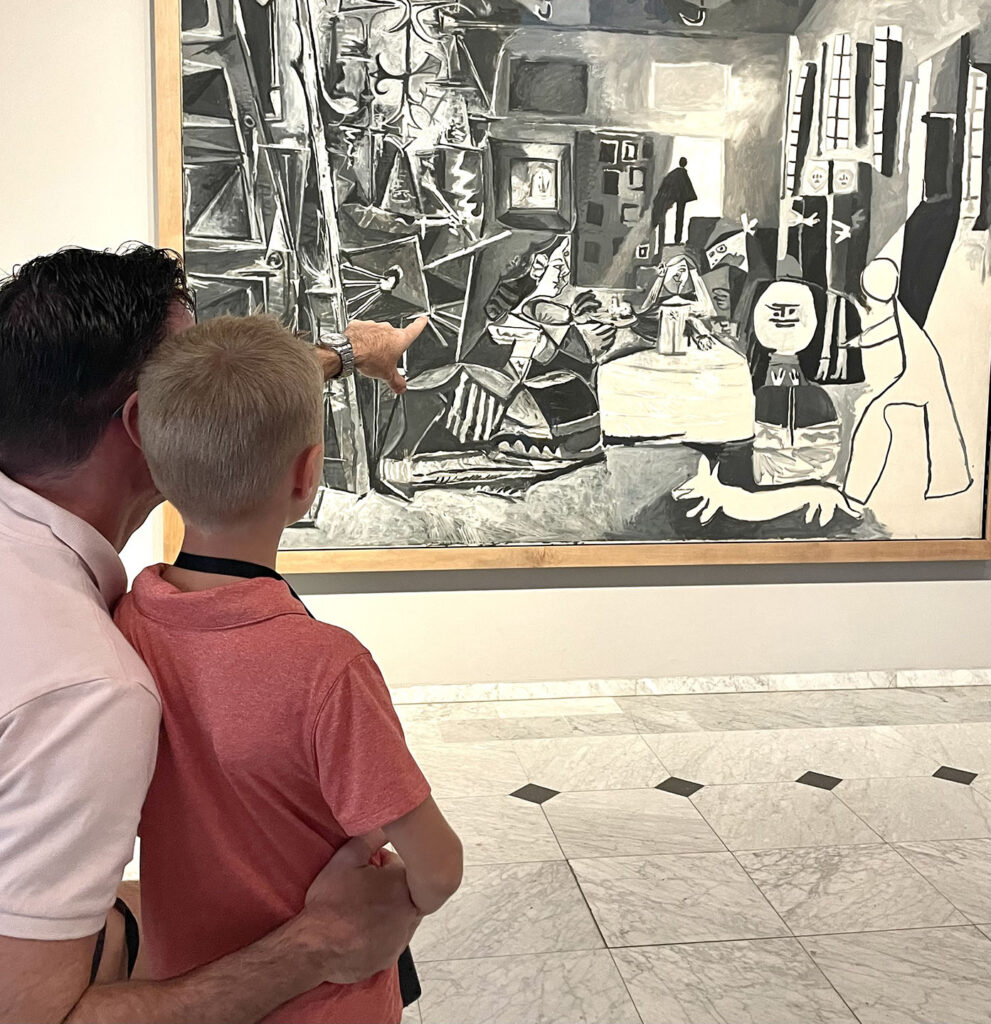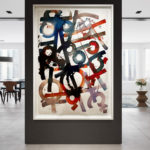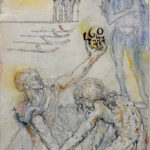How a Golden Age Painter Influenced 20th Century’s Greatest Artistic Minds
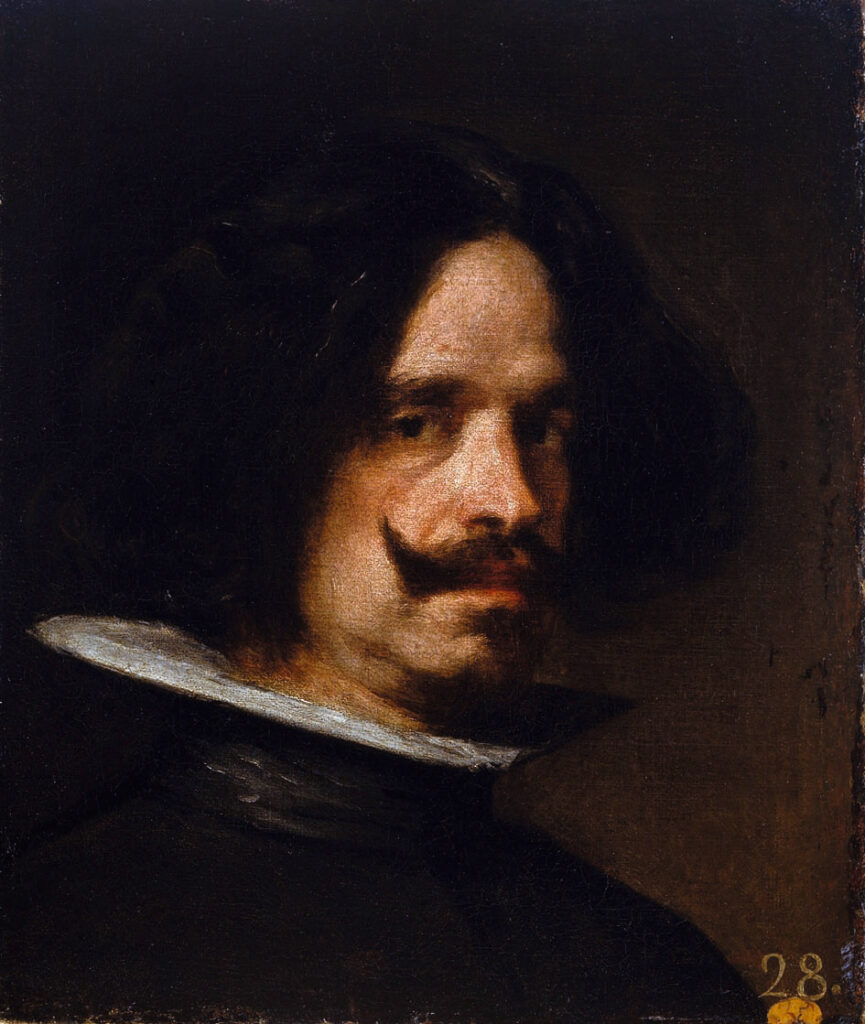
by Kat Barrow-Horth, for Robin Rile Fine Art
The Golden Age of Spain (1580-1680) was an era of artistic explosion producing some of the most venerated artworks in existence today, including Spanish court painter Diego Velasquez’s towering masterpiece “Las Meninas” (1656). Today, the Baroque artwork hangs prominently in the Museo Nacional del Prado in Madrid and is one of the most pivotal works in the museum’s collection of King Philip IV artworks, whose support of the arts earned him the nickname “The Poet King”. “Las Meninas” continues to elude scholars and art historians alike, whose centuries-long analysis yields varied interpretations of the painting, though it is widely accepted as being a behind-the-scenes snapshot of royal “courtly life”.
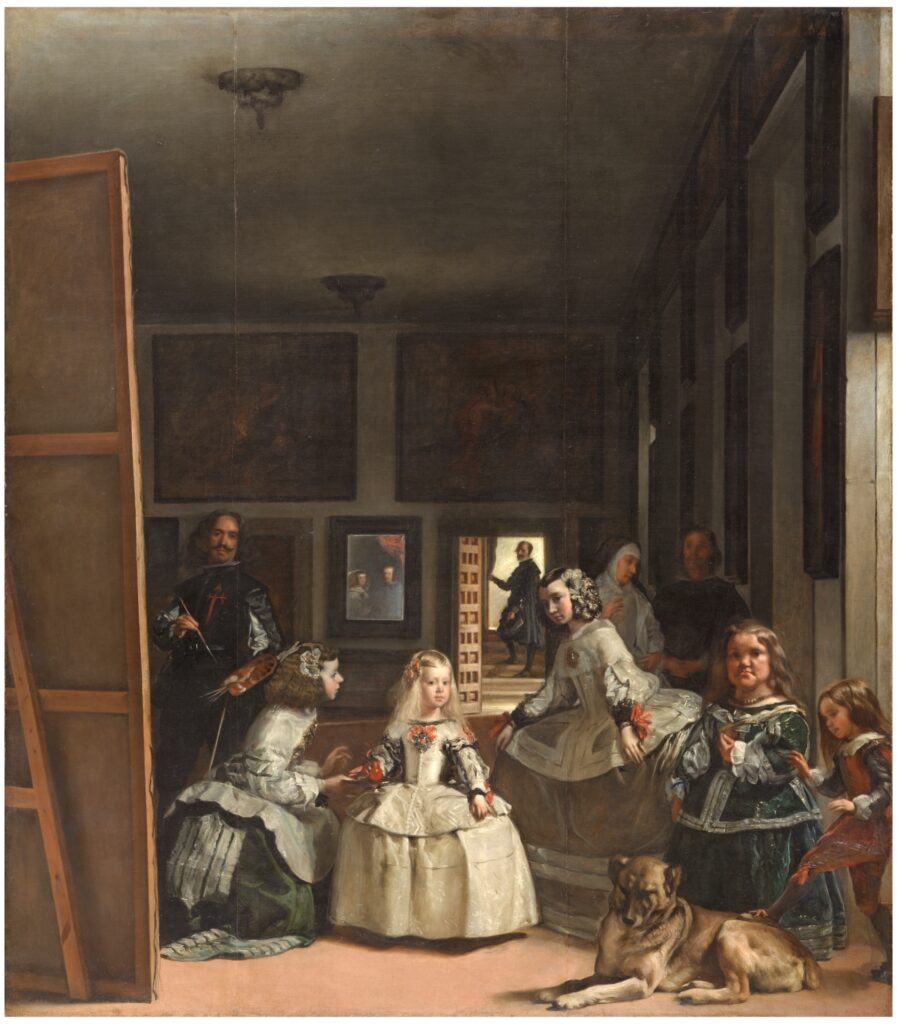
Apart from the artist’s technical mastery of portraiture, what makes Velazquez’s “Las Meninas” so venerated is the subject matter itself. It was highly unusual for an artist of Velazquez’s position to create a work of art where the royals were not the main subject matter. Instead, the artist masterfully captured the messy, hidden life of royalty, creating a composition with a stark departure from other academic artworks of that era. The painting depicts an odd cast of characters, including the princess Margarita surrounded by her chambermaids, a nun, court jester, dwarf and a dog. The far left of the painting displays a self-portrait of the artist working on a large canvas.
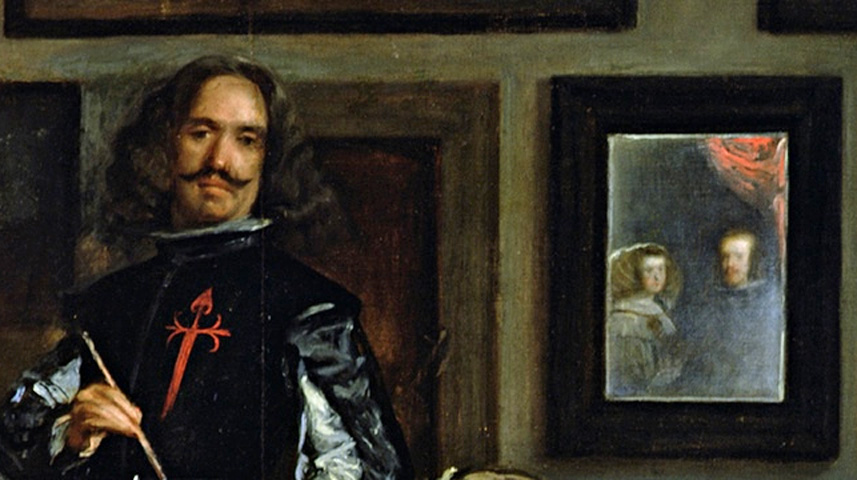
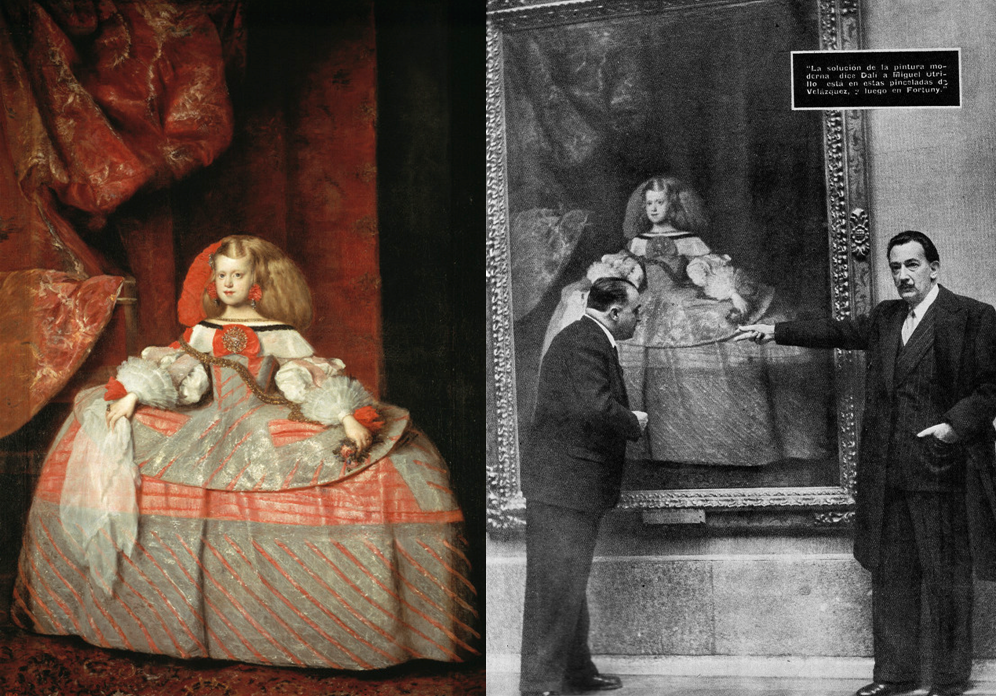
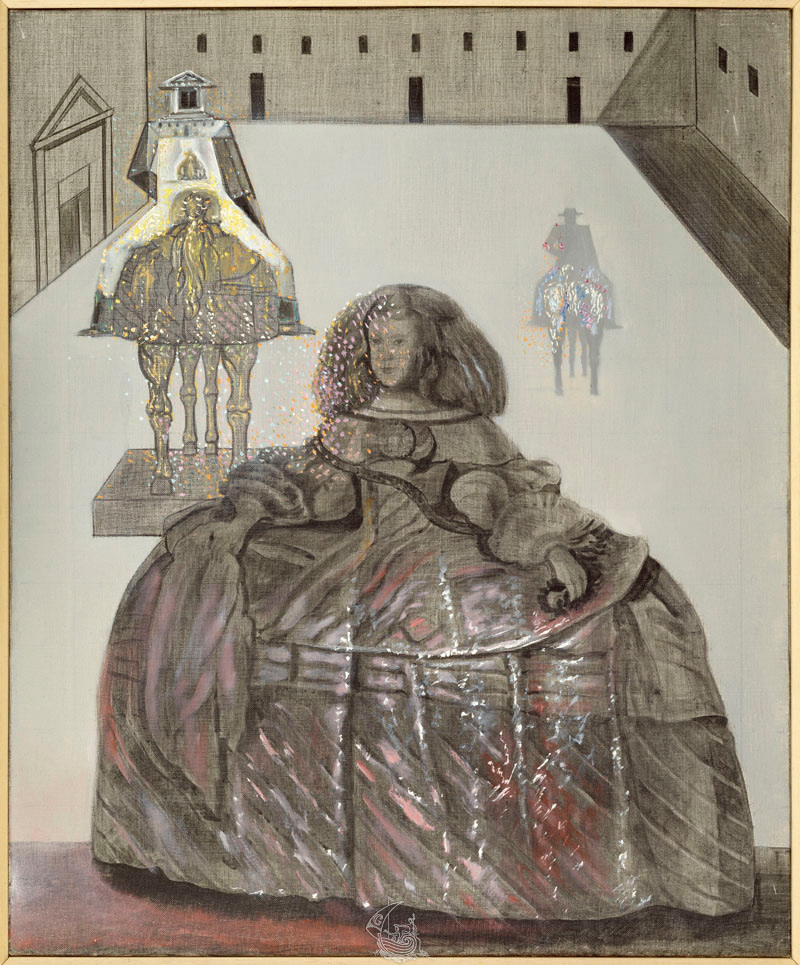
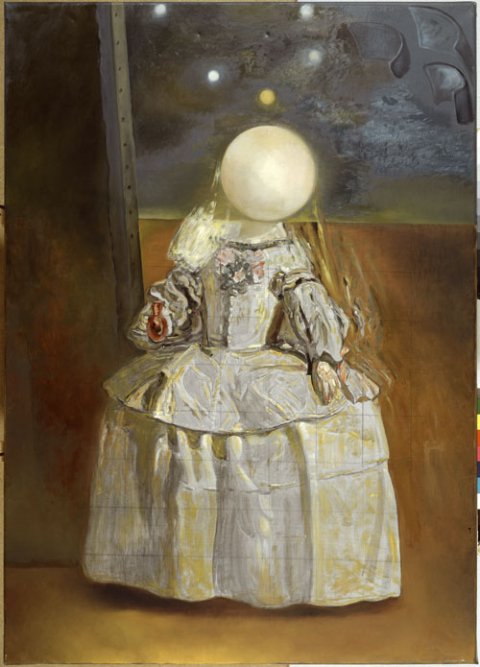
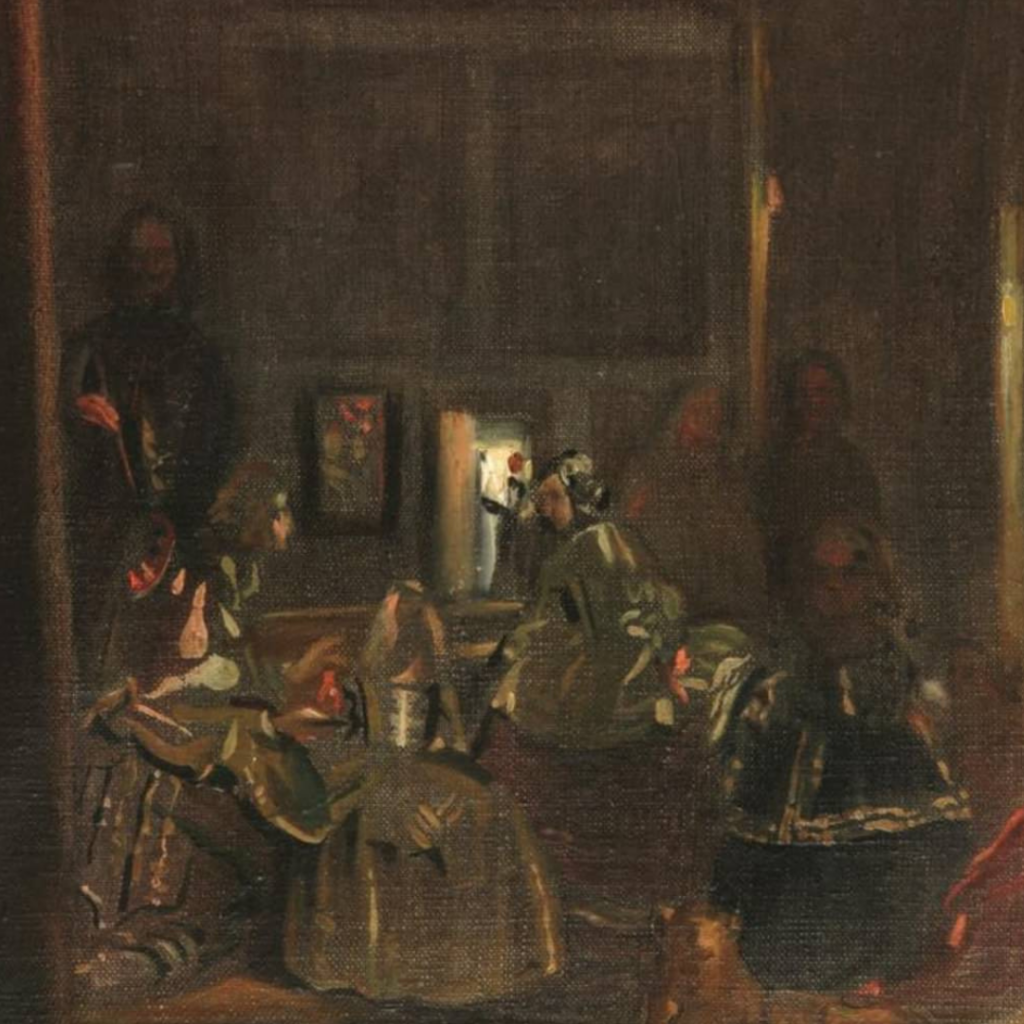
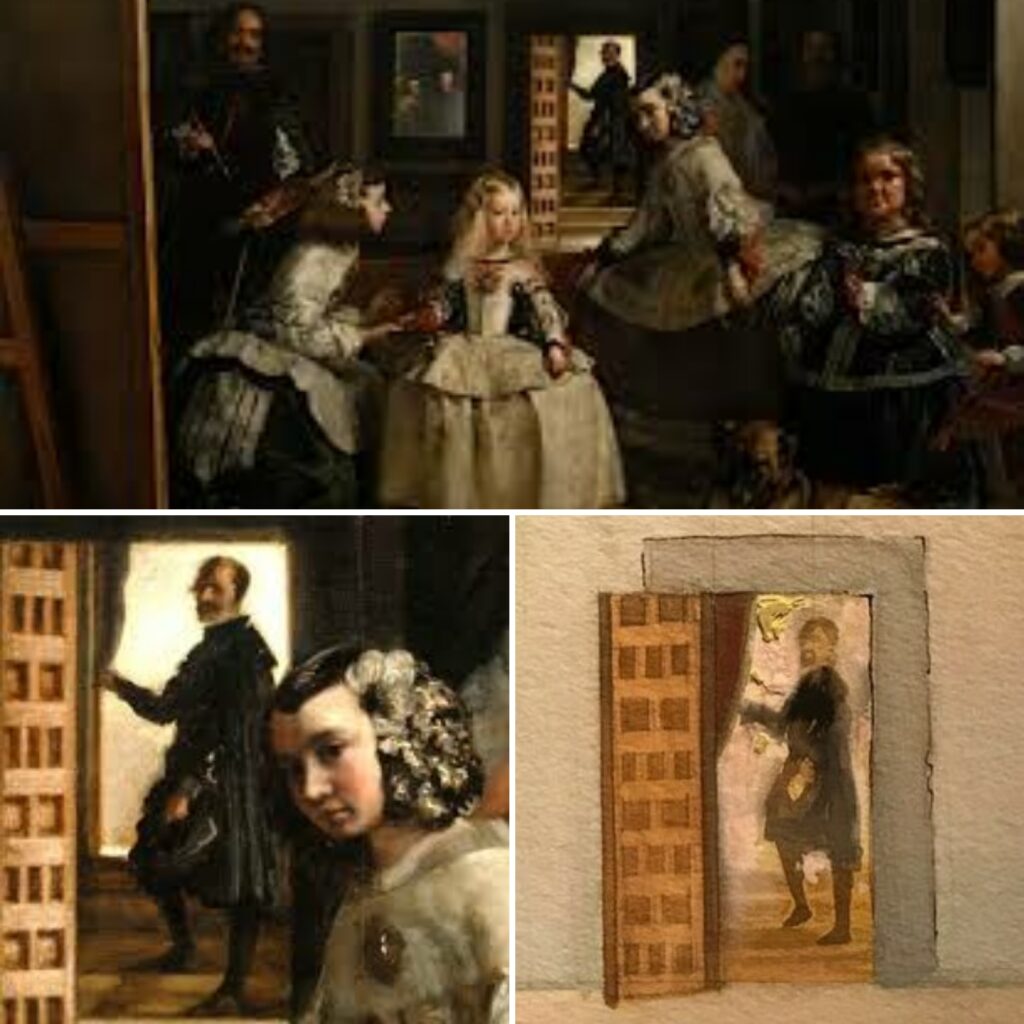
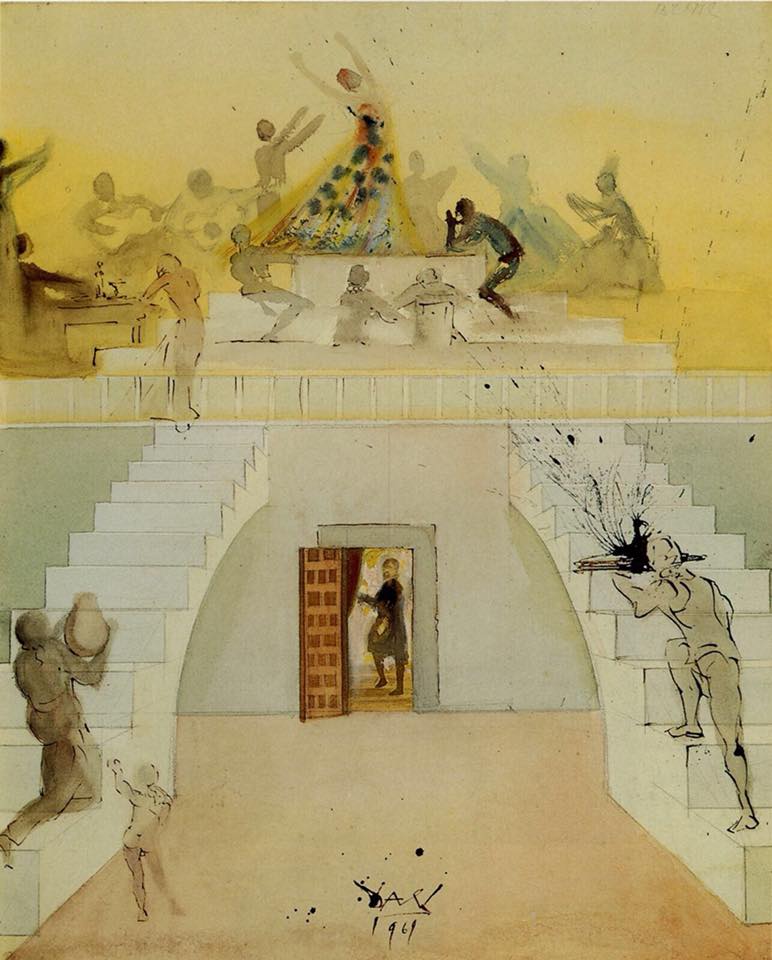
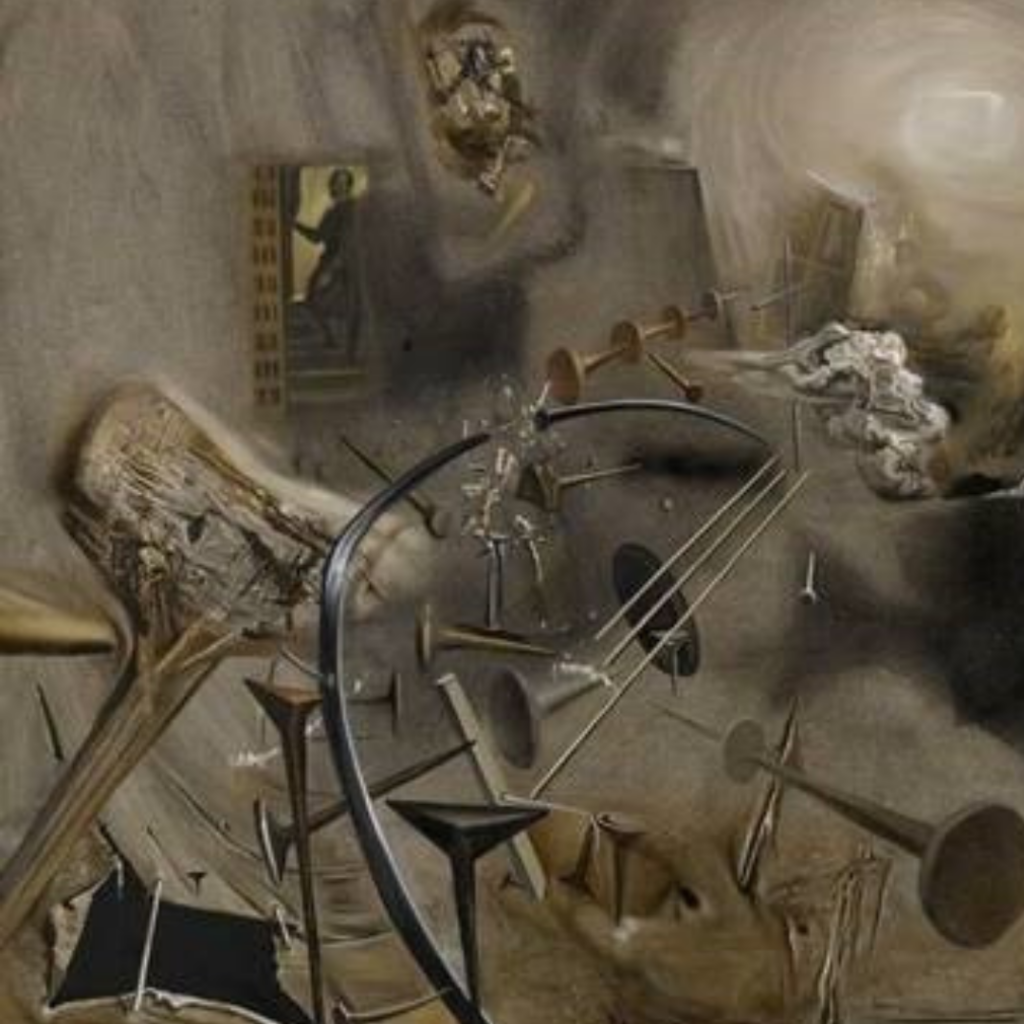
Diego Velazquez received acclaim and notoriety during his lifetime, positioning himself well in the court of King Philip IV, and receiving a knighthood by the royals marked by a red cross on his cloak. Revered and respected centuries ago, the artist has served as one of the greatest inspirations of 20th century artists such as Pablo Picasso and Salvador Dali. The two Spaniards’ pilgrimages to the Museo Nacional del Prado gave them an opportunity to analyze the master and create homages in his honor. Dali often included elements of “Las Meninas” in his work, stating “Velázquez is a genius whose talent surpasses the art of painting.” Picasso so venerated the artist that an entire wing of the Museu Picasso de Barcelona is dedicated to Picasso’s colorfully abstracted versions of “Las Meninas”.

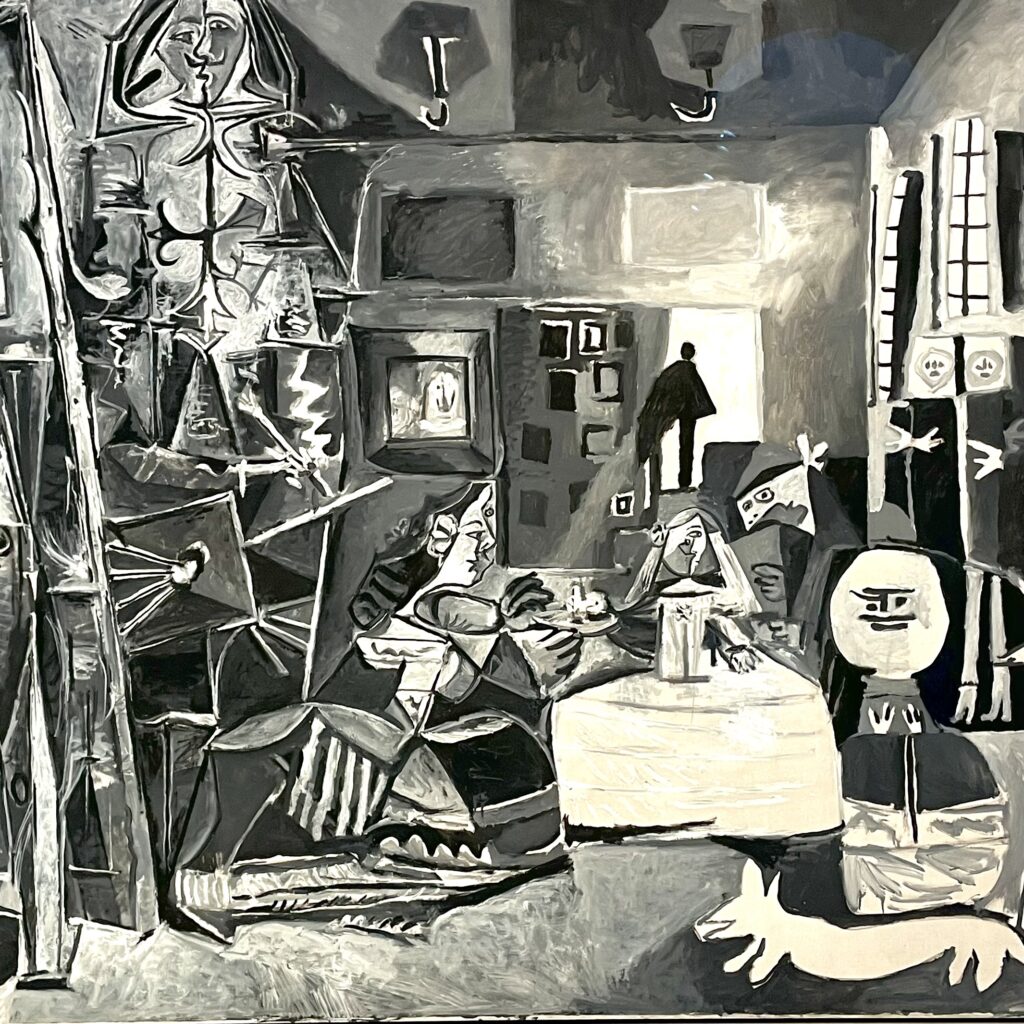
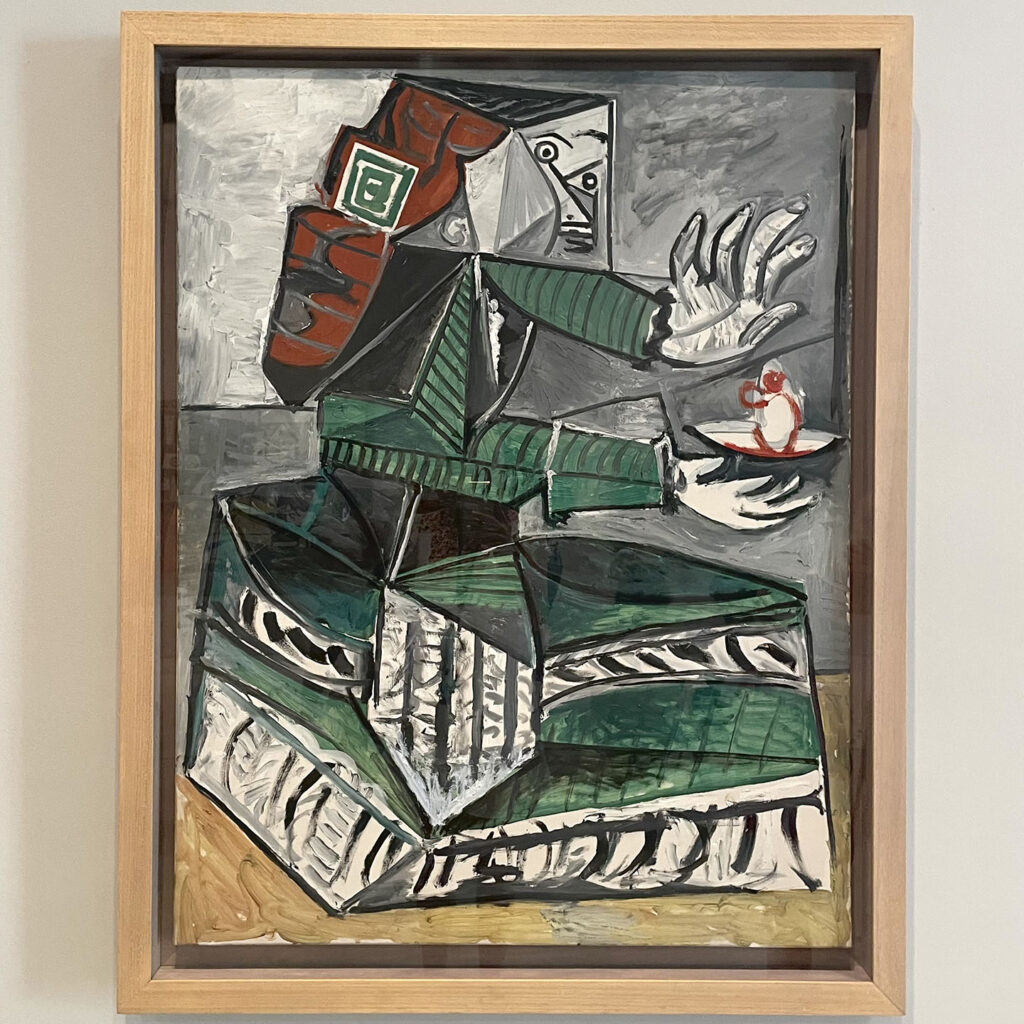
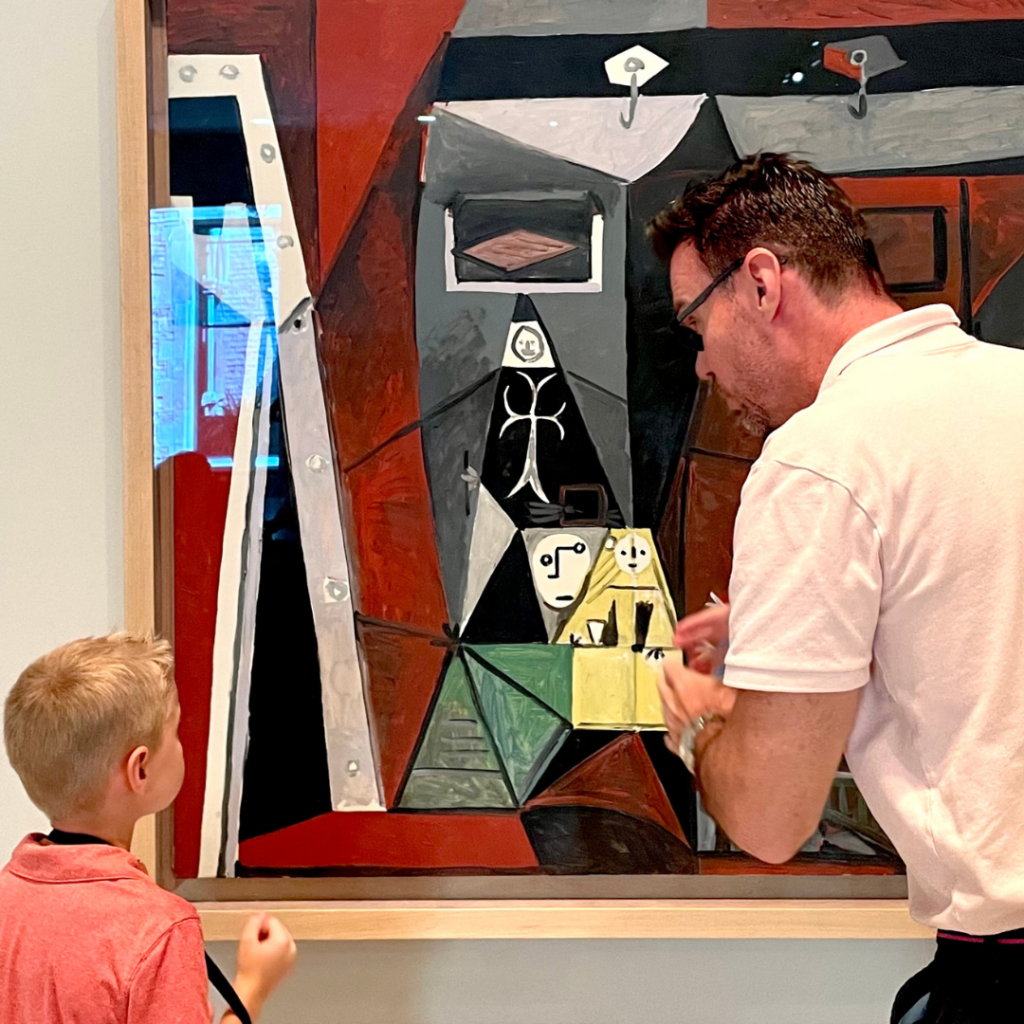
Oftentimes, artist’s whose works grace the walls of museums have done so by upending the status quo. Picasso and Dali both did this.
But, their icon Diego Velazquez did it first.


